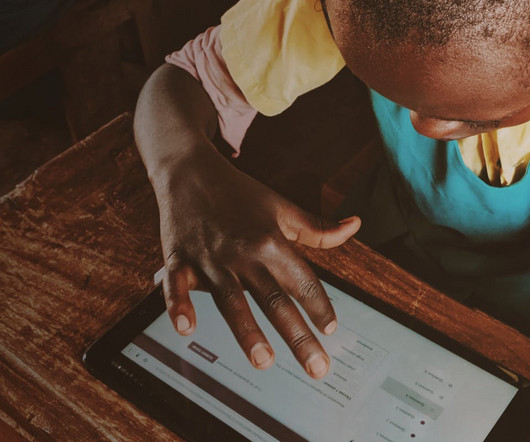Technology overuse may be the new digital divide
The Hechinger Report
OCTOBER 23, 2017
For years policymakers have fretted about the “digital divide,” that poor students are less likely to have computers and high-speed internet at home than rich students. A new 2017 survey of technology use at home shows the gap in computer access is rapidly closing.






















Let's personalize your content